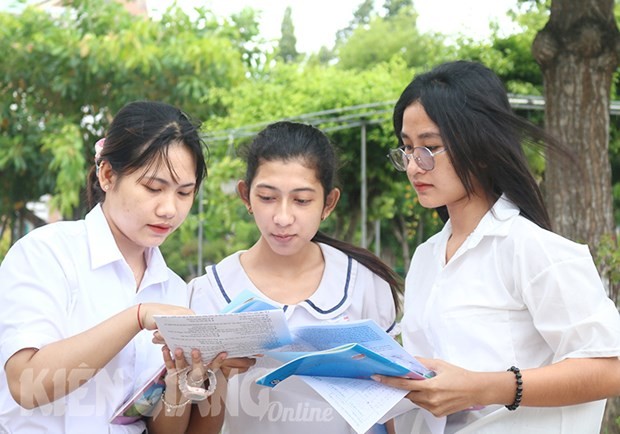
Kien Giang improves lives of ethnic people
Latest
 |
| The Mekong Delta province of Kien Giang is seeking to improve the incomes and lives of its ethnic people. (Photo: baokiengiang.vn) |
Nguyen Luu Trung, deputy chairman of the provincial People’s Committee, said Kien Giang was soliciting investment in its socio-economic infrastructure in ethnic areas.
It had improved education and training, healthcare and social security, and reduced poverty rapidly and sustainably in these areas, he said.
It had preserved and promoted the traditional cultures and identities of its minorities, he said.
The Mekong delta province has 27 ethnic groups comprising more than 261,000 people, or 15% of its population, with the Khmer accounting for 228,200.
The province has several development targets for the minority-populated regions.
They include doubling the 2020 average income by 2025, reducing the poverty rate by 0.4 percentage point annually, paving all roads with cement or asphalt, providing electricity to 99% of ethnic households, clean water to 88%, health insurance for 98%, and nursery schools for 99% of five-year-olds.
The province wants, by the end of this decade, 90% of ethnic minority communes will be recognised as new-style rural areas and the poverty rate among ethnic people will be below 2%.
To achieve the targets, the province will promote the advantages and potentials of ethnic-minority areas, train high-quality human resources for them, and apply technologies and digital transformation in the areas.
It will encourage start-ups.
It plans to spend 1.7 trillion VND (68 million USD) on socio-economic development in ethnic-minority and mountainous areas in 2021-25.
The money will be used to build infrastructure, provide housing and farming lands to ethnic people, develop agriculture and forestry production, and preserve traditional ethnic cultures and customs together with developing tourism services.
In the last three years the province spent more than 40 billion VND (1.6 million USD) to build bridges, roads, cultural houses, schools, clinics, and electricity supply systems in ethnic areas.
It also helped hundreds of poor and near-poor ethnic households develop livelihoods and effective farming models to escape poverty.
It has mobilised more than 800 billion VND (32.2 million USD) from individuals and organisations to improve the lives of ethnic households.

















